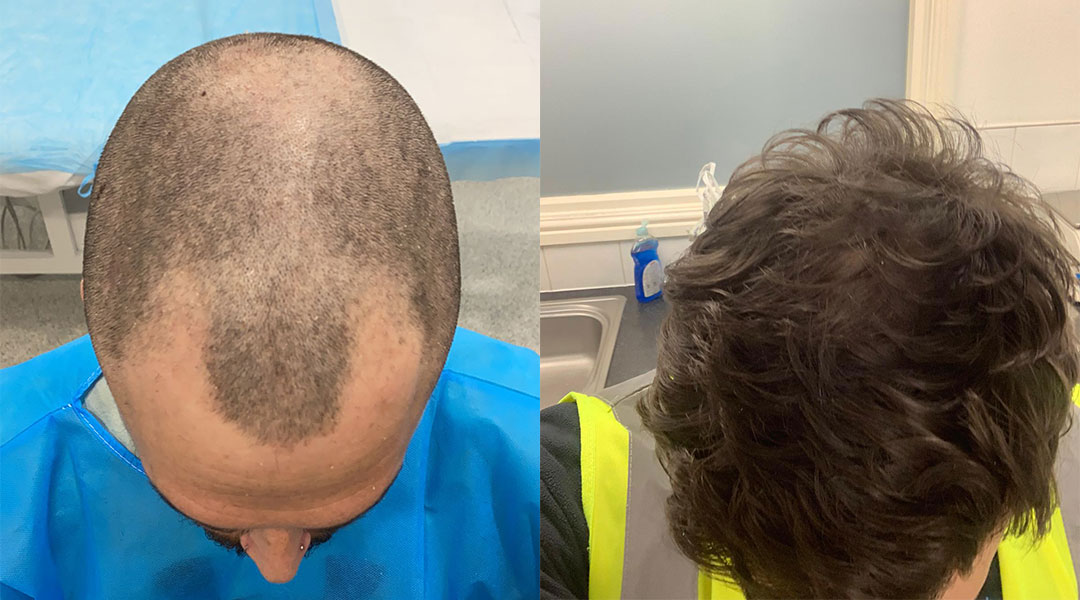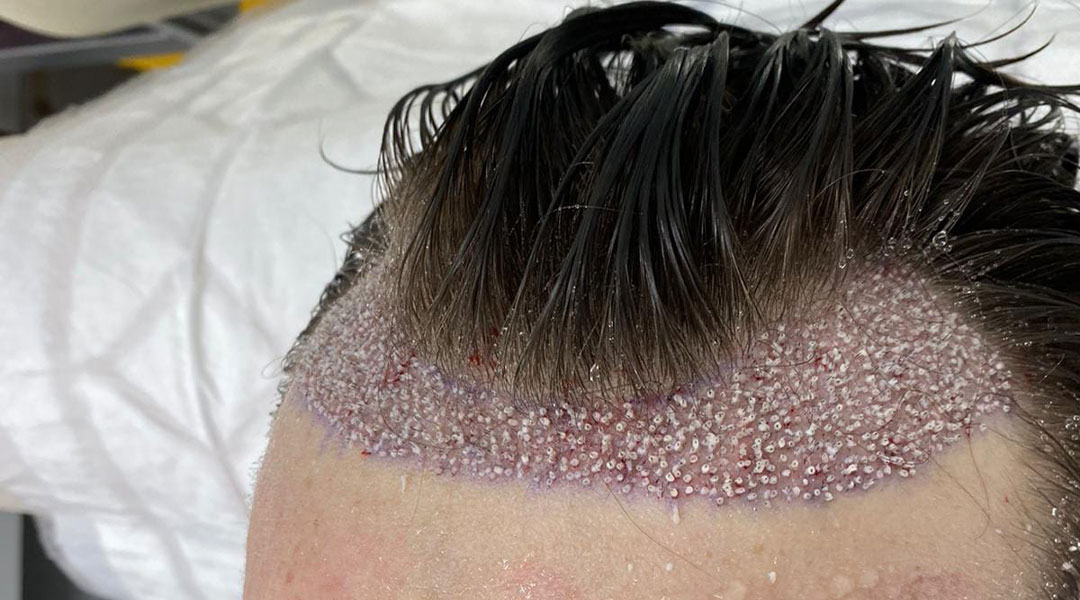Hair transplants can be done on both men and women, and it is the only way to truly counter hair loss. There are things like medication to try to stop hair loss, but it will only slow down the procedure. The only way to get your hair back is through a hair transplant.
Many of our clients have questions for us before they decide to go through with a hair transplant. We have gathered the most commonly asked questions here, to help you decide for yourself if you think a hair transplant is right for you or not.
How long do hair transplants last?
A hair transplant can last on average around 20 years, as the hair is natural and will still grow as normal hair. Generally speaking, a hair transplant usually lasts somebody for their entire life, and they will not need to worry about their hair again. Hair transplants are designed to last this long, and they use your own natural existing hair, to be able to give you a lifetime of healthy hair.
So what age is best for a transplant?
Hair transplants can be carried out on anybody, as long as they are above the age of 18. It is not advisable to have a transplant until you are 25+ however, as usually men who are younger than this don’t usually have their hair loss pattern determined yet. If you are around 20 years old, and you are suffering with hair loss and decide to get a hair transplant over some of the missing hair, there is still a chance that your hair could recede again, causing you to only be left with the transplanted hair, which could cause you to need another transplant costing you a lot more money.

Can hair transplants go wrong?
Hair transplants are a safe procedure, around 95% of people that get hair transplants will have the grafts of hair that were transplanted remain healthy and stay in good condition.
There is always the risk of bleeding or infection however, as well as having an allergic reaction the anesthetic that is used. This is something that can be avoided beforehand, minimizing the risk of this and increasing the safety of your transplant.
Hair transplants are also done under anesthetic and sedation, which means that the hair transplant will likely be done while you are awake, but you will not feel any pain, due to being under anesthesia.
Can I wear a hat after a hair transplant?
Wearing a hat after your hair transplant is not recommended, as you can end up compressing and damaging the new hair grafts before they are properly anchored into the head. Usually, around 7-10 days is the range after a hair transplant where wearing a hat would be considered safe, as the new grafts would be permanently anchored and unable to be damaged or displaced.
How much is 2000 hair grafts?
On average, there are around 4000-6000 hair grafts on someone’s head. So 2000 hair grafts is usually around a third or half of the hair that will be on someone’s head.
Will I have to shave my head before a hair transplant?
You may think it would be necessary to shave your head to allow the hair to be properly aligned in a hair transplant, but that is not the case. Having a shaved head may make the hair transplant process easier, it is not necessary for the transplant, and can be done without your head being shaved. You may want to consider shortening or shaving your head however, as it will make the new transplanted hair grow into a style at the same length as your shaved hair.

What are the disadvantages of hair transplants?
Most of the disadvantages of hair transplants are usually things like the scalp bleeding or swelling after the transplant. There are some other cases, such as infection, or inflammation of the hair follicles, which is alternatively called folliculitis. One of the biggest disadvantages for people is usually the cost of the hair transplant.
Hair transplant costs can vary a large amount, depending on the extent of the hair loss and the treatment you would choose to go through. The price of a hair transplant may seem expensive, but it is something that can be paid off in monthly increments, instead of a lump sum.
Will my transplanted hair turn grey?
Transplanted hair is normal donor hair, so it may turn grey with aging, just like normal hair. Once the donor part of the hair will turn grey, the recipient areas of hair will follow, and also turn grey.
Which hair transplant type is the best?
When choosing a type of hair transplant, there is no “best”. Hair loss and transplants are usually unique between the person, so getting a second opinion from a consultant may be best for you, as they can help sway to towards one kind of transplant as it may be best for you to side with one rather than the other.
If you are interested in booking a consultation to find out which type of hair transplant could be best for you, or if you should book one at all, please book a free consultation and find out more about which transplant could be best for you here.

